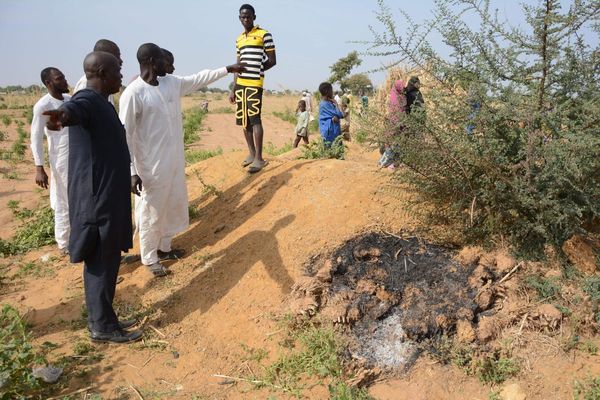
Bird flu in raw food has killed or sickened more than a dozen house cats across the US, according to the Food and Drug Administration.
In a new statement reported on Tuesday by CBS, the FDA said it was “aware of reports of death or illness associated with uncooked food in 13 domestic cats in eight households, 1 exotic cat in one household, and an unknown number of animals at two sanctuaries for large felids”.
The FDA added that cases were found in California, Colorado, Oregon and Washington, CBS reports.
Last Friday the FDA told cat and dog food manufacturers who use uncooked or pasteurized materials from cattle or poultry to consider H5N1 bird flu in their food safety plans.
According to the FDA, the virus can be transmitted to cats and dogs when they eat products from infected poultry or cattle, such as unpasteurized milk, uncooked meat or unpasteurized eggs. In felines it can cause severe illness or death; dogs generally display milder clinical signs and lower mortality.
The outbreak of H5N1 in the US began last March when the virus was detected in dairy cattle in Texas and Kansas.
Twelve barn cats died after drinking infected raw milk at a Texas dairy last year, while in December, 20 exotic cats, including a Bengal tiger, four cougars, a lynx and four bobcats, died at an animal sanctuary in Washington.
According to a study published last year in the academic journal Emerging Microbes and infections, cat H5N1 genomes had unique mutations that could suggest “potential virus adaptation”. It found cats could “serve as mixing vessels for reassortment of avian and mammalian influenza viruses” as well as a “bridge” to infect other species.
Earlier this year, Chicago’s Lincoln Park zoo announced that H5N1 infections killed a Chilean flamingo and a harbor seal.
Since the outbreak more than 20 million hens have died, while 134 million birds across the poultry industry have been affected, according to the US Department of Agriculture.
Speaking to reporters last week, Eric Deeble, the US Department of Agriculture’s deputy under-secretary for marketing and regulatory programs, said that the agency was creating a new stockpile of H5N1 vaccines for poultry.







